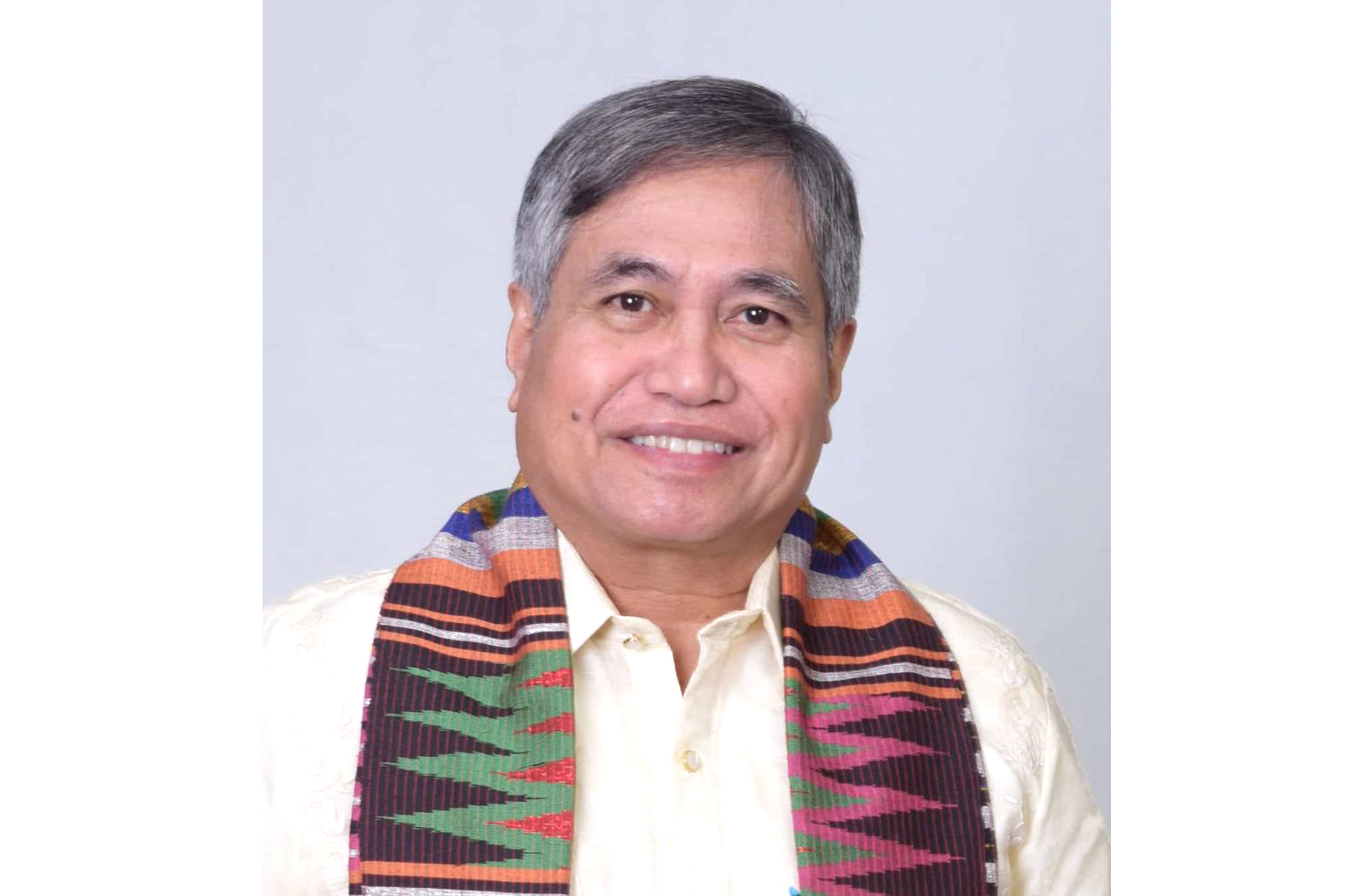FROM THE MARGINS

Last week, Henry Tan, a partner at SGV & Co., published an article entitled, “Why Entrepreneurs are Critical to the Philippine Economy.” Citing worldwide and local statistics, he made a very convincing point on why we should celebrate the success of entrepreneurs and why we need to encourage their robust growth.
According to Tan, “The Philippines ranks as the world’s 18th most entrepreneurial country, besting developed nations like Denmark, Switzerland, Taiwan, Japan, Singapore, Italy, and New Zealand.” He said that entrepreneurs find innovative ways to solve many social problems – from environmental degradation, to lack of access to health and education, financial exclusion, agricultural technology and many others. I agree. Small businesses and start-ups create jobs and propel economic growth, so we need to support them. Micro-small-and-medium-enterprises (MSMEs) comprise 99.5 percent of business establishments and employ more than 60 percent of our workforce.
Sadly, limited access to finance continues to be a barrier to MSME growth. Weeks ago, the Bangko Sentral ng Pilipinas (BSP) reported that the banking industry — again — failed to meet the 10 percent quota for lending to MSMEs, which was previously required by R.A. No. 9501, the Magna Carta for MSME. The law mandated financial institutions to earmark eight percent of their loan portfolio for micro-and-small-enterprises and two percent for medium enterprises, from 2008 to 2018. This is no longer required, but the BSP continues to monitor the banking industry’s overall performance in granting loans to MSME.
There are pending bills at both Houses of Congress which seek to reinstate this provision. I hope they become law. They will help ensure adequate funding for microenterprises so they can graduate from the informal to the formal economy. They will also enable small and medium-sized businesses to expand their operations.
Structural gaps
Small businesses are starved of financing opportunities due to structural gaps in the traditional lending market. Most banks are situated in city centers and urbanized municipalities. Many MSMEs are still operating informally, with microentrepreneurs lacking credit histories and assets to secure bank loans.
Microfinance institutions (MFIs) have been trying to bridge the gap, operating in poor communities that are unserved or underserved by traditional financial institutions. Most MFIs prioritize women microentrepreneurs as clients.
To better manage the risks associated with lending to MSMEs and low-income borrowers, the microfinance industry established its own credit bureau called the Microfinance Information Data Sharing, Inc. (MIDAS). The system allows MFIs to submit reports and send inquiries on borrower information — protecting lenders, while at the same time improving good borrowers’ access to credit. It is different from traditional credit bureaus because it does not blacklist defaulting clients, who are instead considered borrowers-at-risk. The MIDAS helps in their rehabilitation, consistent with MFIs’ social and financial mission.
MFIs that have transformed or partnered with microfinance-oriented banks, rural banks or thrift banks prioritize small-and-medium-enterprises (SMEs), especially former microfinance clients who have grown their businesses. These banks evaluate loan applications using credit scores and a host of other criteria, balancing their microfinance roots with BSP’s regulatory requirements for banking institutions.
Improving access
How can we improve MSMEs’ access to credit? There are many ways, but let me offer four essential steps to start with:
- Invest in financial literacy – Banks require good financial plans, so MSMEs must know how to do this. To increase opportunities for financing, our entrepreneurs must be given training on financial literacy to improve their grasp of budgeting, accounting, investing, financial management, and reporting.
- Strengthen our credit reporting systems — MSMEs face difficulties in obtaining credit because the lenders have inadequate information to analyze the risks they present as potential borrowers. Low-income clients and small businesses usually do not possess the documents for loan applications and have limited credit history documentation. We need to strengthen banks’ credit bureaus and the MIDAS for microfinance clients. Government must also ensure ease in securing official papers, permits and registrations to help our MSMEs.
- Re-evaluate collateral requirements – Credit needs to be secured, so, banks usually require immovable property, like buildings and land, as collateral for loans. Small businesses rarely have these, so, maybe, there are movable properties, like equipment, patents, and other business assets that can be accepted as collateral? I hope our lawmakers and government regulators can look into this.
- Provide greater protection for MSME loans by improving our guarantee fund system — Let us establish private-led guarantee corporations at the provincial level, with LGUs and the private sector coordinating to support MSMEs and agribusiness borrowers, fast-tracking the processing of business loan guarantees and providing sliding incentives to good borrowers.
Serving MSMEs presents many challenges, but it is a very promising frontier for lenders. I hope our regulators would explore innovative ways to support the sector beyond mandatory credit allocation.
* * *
“We need to keep our small businesses healthy in order to keep our economy strong.” — Keith Haynes
(Dr. Jaime Aristotle B. Alip is a poverty eradication advocate. He is the founder of the Center for Agriculture and Rural Development Mutually-Reinforcing Institutions (CARD MRI), a group of 23 organizations that provide social development services to eight million economically-disadvantaged Filipinos and insure more than 27 million nationwide.)